Budapest, the capital of Hungary, is a beautifully peaceful city straddling the Danube River, with Buda on the western bank and Pest in the east. Originally two separate cities, Buda and Pest were joined in 1873 when Hungary was part of the Austrian Hapsburg empire.Like much of Eastern Europe, Budapest took a beating during World War II. Bombs rained down like hailstones and left smoldering piles of rubble in their wake. Then, in a final act of desperation, German troops blew up the city’s bridges during their retreat from the advancing Soviet army. By war’s end, a staggering 75 percent of Budapest lay in ruins.
Walking around Budapest today, it’s difficult to believe that so much of it is newly built. The Hungarians have slowly and painstakingly reconstructed their beloved city, from the Hapsburg palace atop a Buda hill to the iconic domed Parliament building standing proudly on the Pest side of the Danube. Looking at photos of the destruction (do a Google image search) I am astounded at the transformation. Budapest has truly risen like a phoenix from the ashes. The city’s rebirth is made even more amazing given the fact that the Soviets took over Hungary after the war and tried to impose Communism on the reluctant population.
After forty years of Soviet occupation, Budapest could be full of squat grey concrete structures but, mercifully, it is not.
Dramatically curved cobblestone lanes are fronted by rows of four-story buildings painted in a rainbow of hues. (Fun fact: Yellow is the color of choice because historically it represented gold.) Historic buildings have been renovated with respect for their ornate facades and doorways have been left their original horse-and-carriage size. Public squares dotted with benches, fountains, and foliage create an atmosphere seemingly straight from the 18th century. Bells ring out from reestablished churches and relaxed locals enjoy glasses of Hungarian wine in cafes. At least visually, the vestiges of Communism have been shaken off like snow from a winter coat.
Not all the buildings have been restored, and their damaged exteriors are more charming for it. They provide a fascinating glimpse of the past and illustrate just how far Budapest has come. Some have even found a special calling as ruin bars.
Most incredible to me is the recreation of the city’s now-famous bridges. The first permanent bridge to link Buda and Pest was erected in 1849; today nine bridges make the crossing, including the five once destroyed by the Nazis. Széchenyi Chain Bridge was the first and has become the most iconic. The vision of Count István Széchenyi, Chain Bridge is easily recognized by its stolid stone arches and the imposing lions which flank each entrance and miraculously survived the war intact.
Originally completed in 1896 and named Franz Joseph Bridge after the reigning emperor, Liberty Bridge was designed for the Millennium World Expo. It was the first to be rebuilt after the war as it sustained the least amount of damage.
Emperor Franz Joseph’s wife, Elisabeth, was widely considered to be the most beautiful woman in the world at the time and was absolutely beloved by her people. Elisabeth Bridge, completed in 1903, was an appropriately grand structure to pay homage to its namesake. It boasted a center span of 290 meters (the world’s longest at the time) and 17 meter-tall stone plinths supporting the flanks. Rendered unsalvageable by German explosives, a replacement wasn’t erected until 1964. Elegant in its simplicity, the gleaming white new Elisabeth Bridge still enjoys pride of place for Budapest’s residents. Remnants of the old bridge can be found in the city’s Transportation Museum.
What do you think of the Budapest reconstruction?
PIN IT!
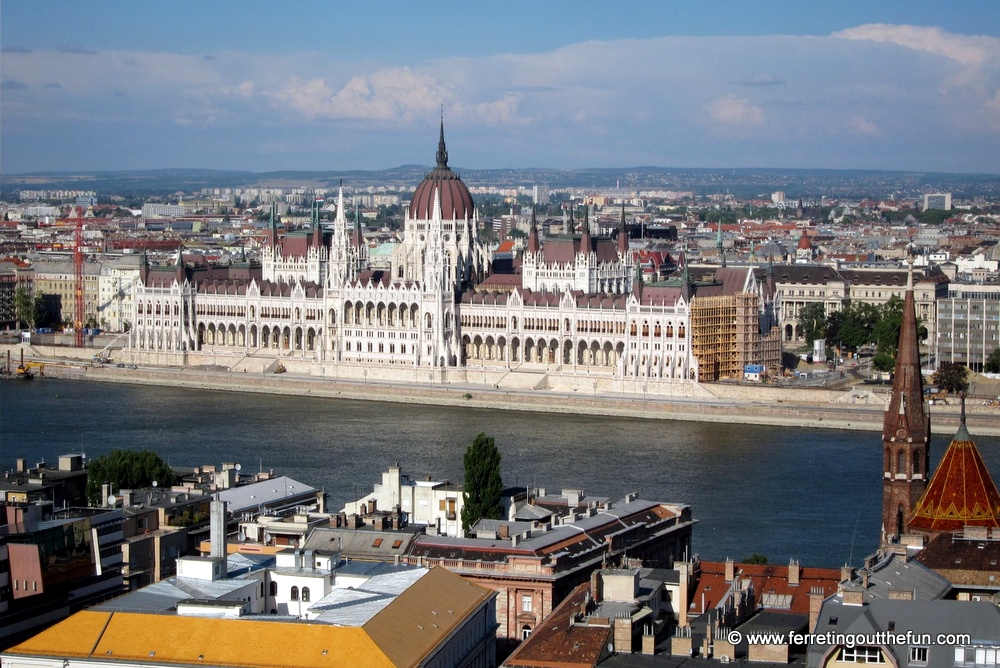
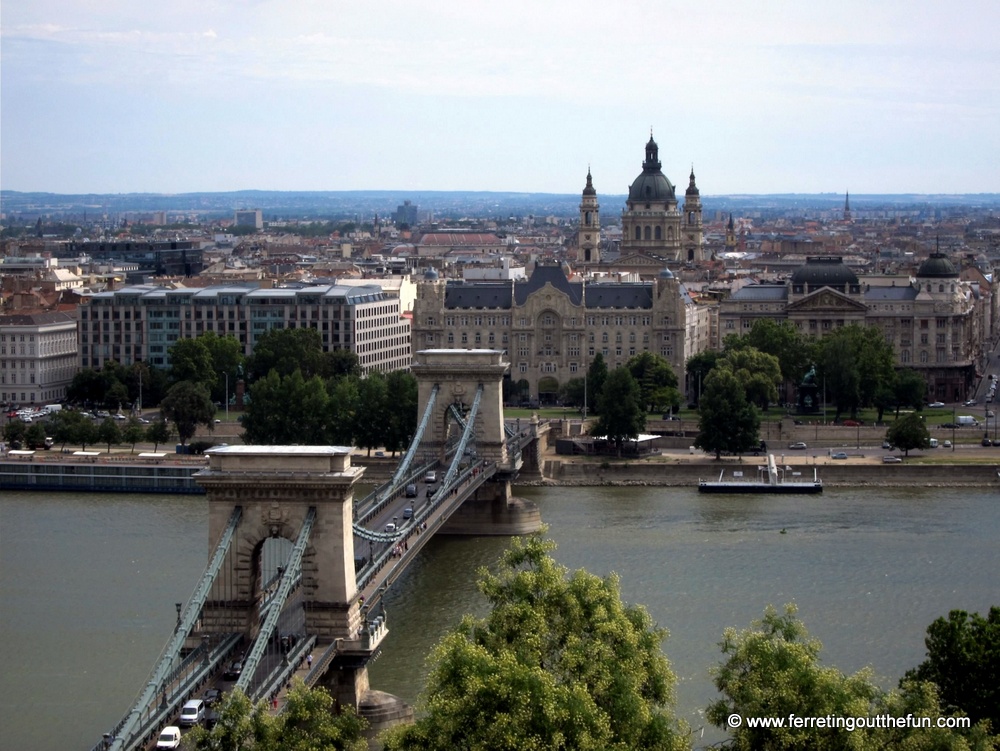
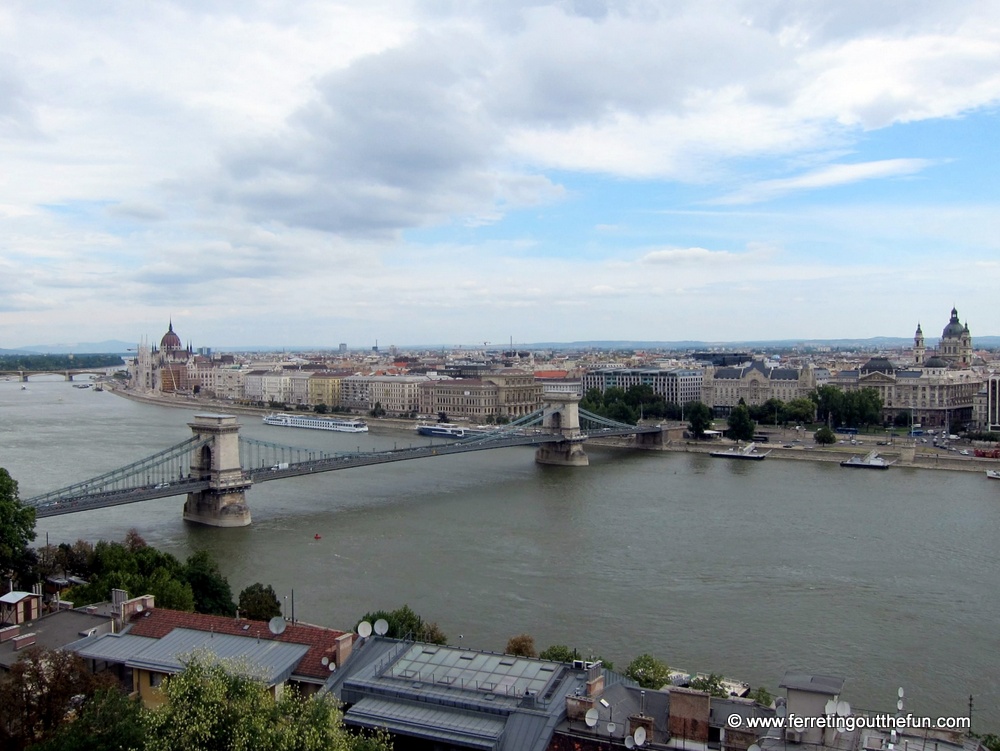
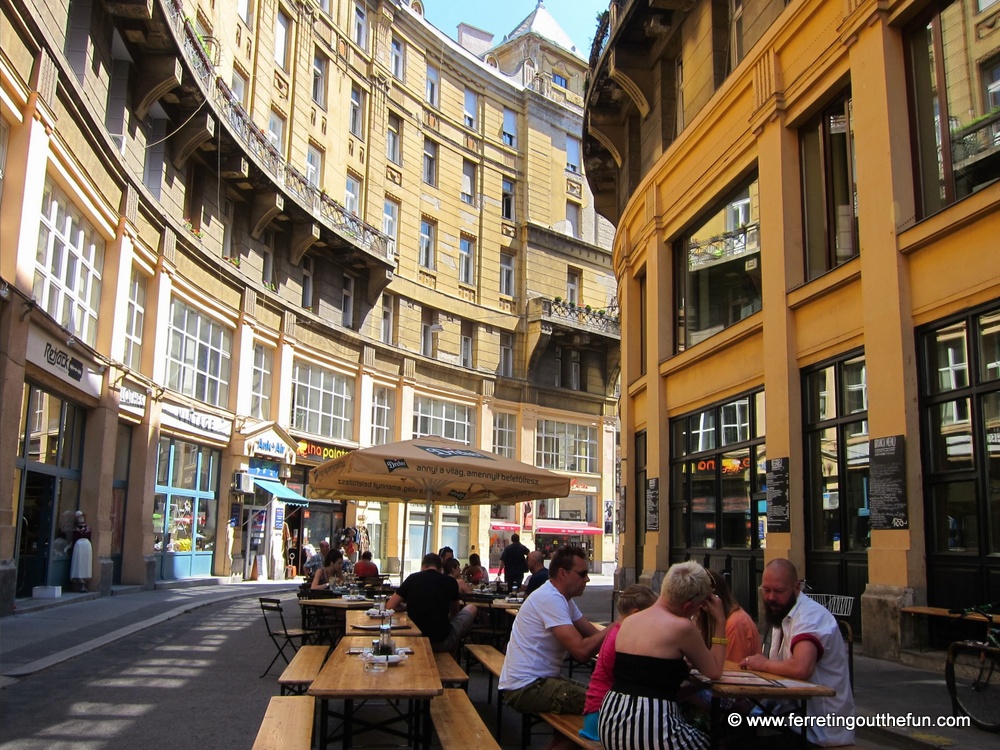
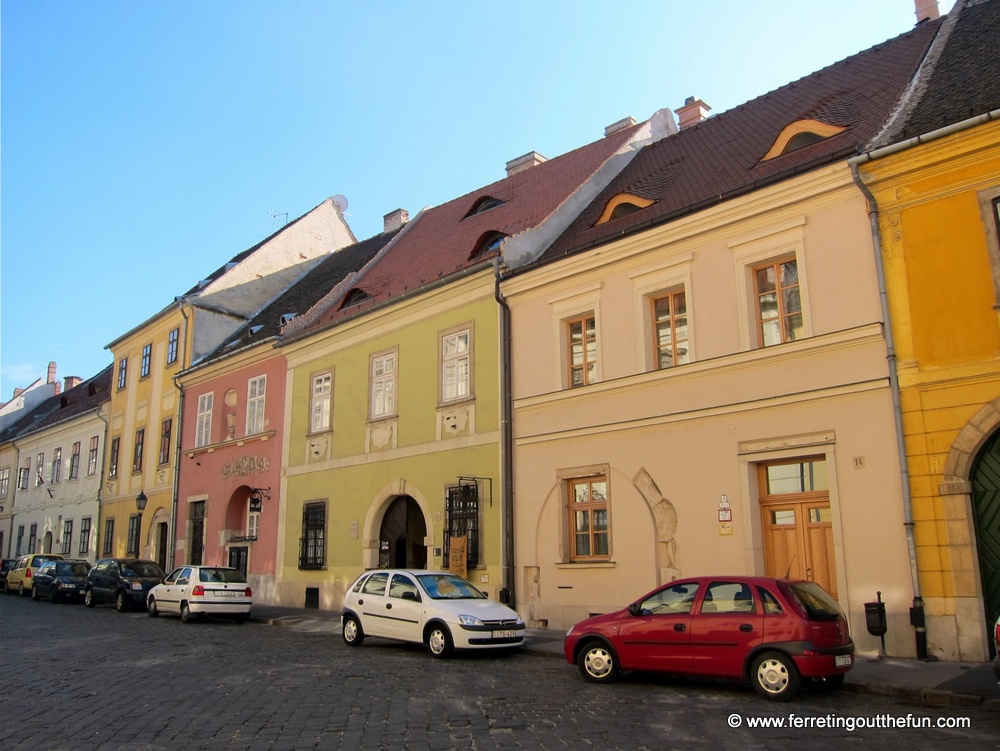

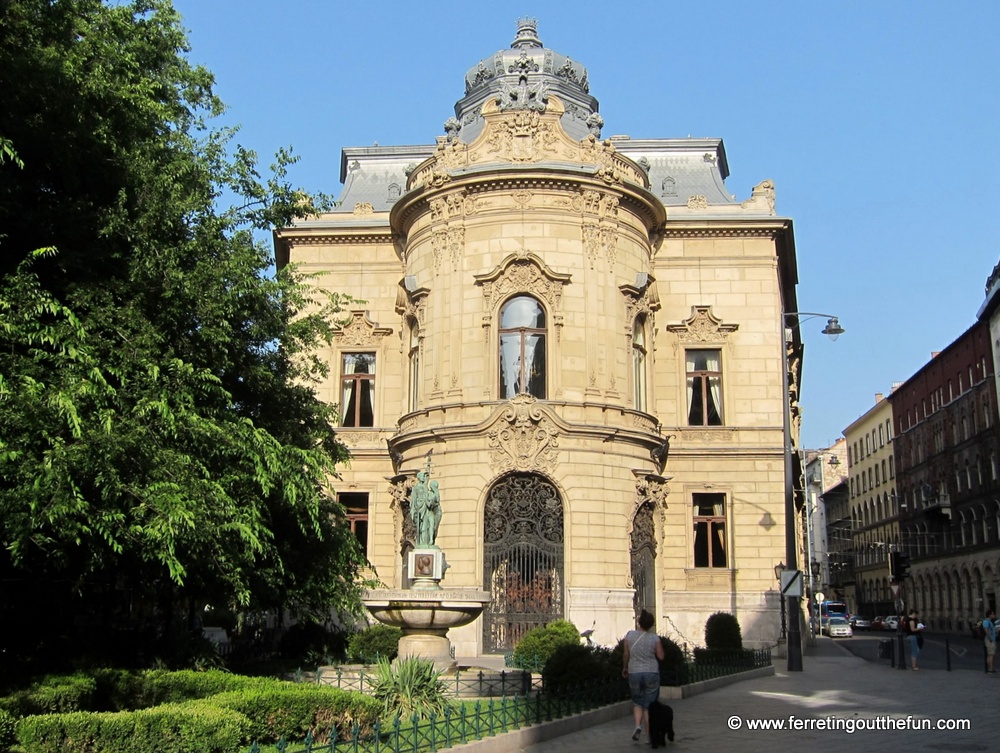

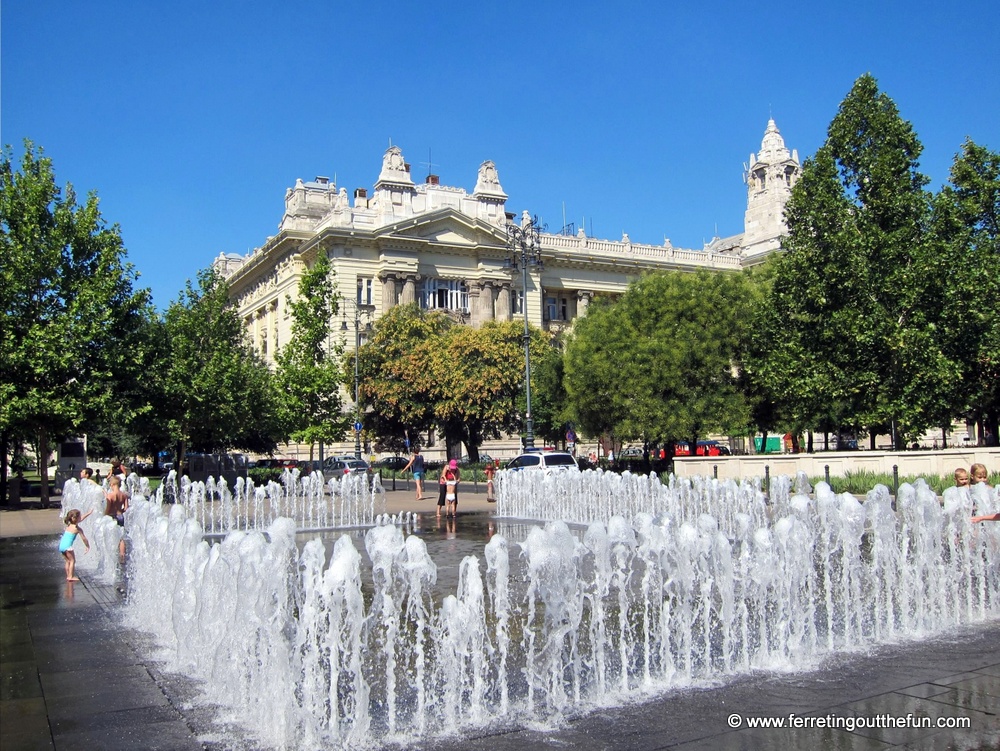
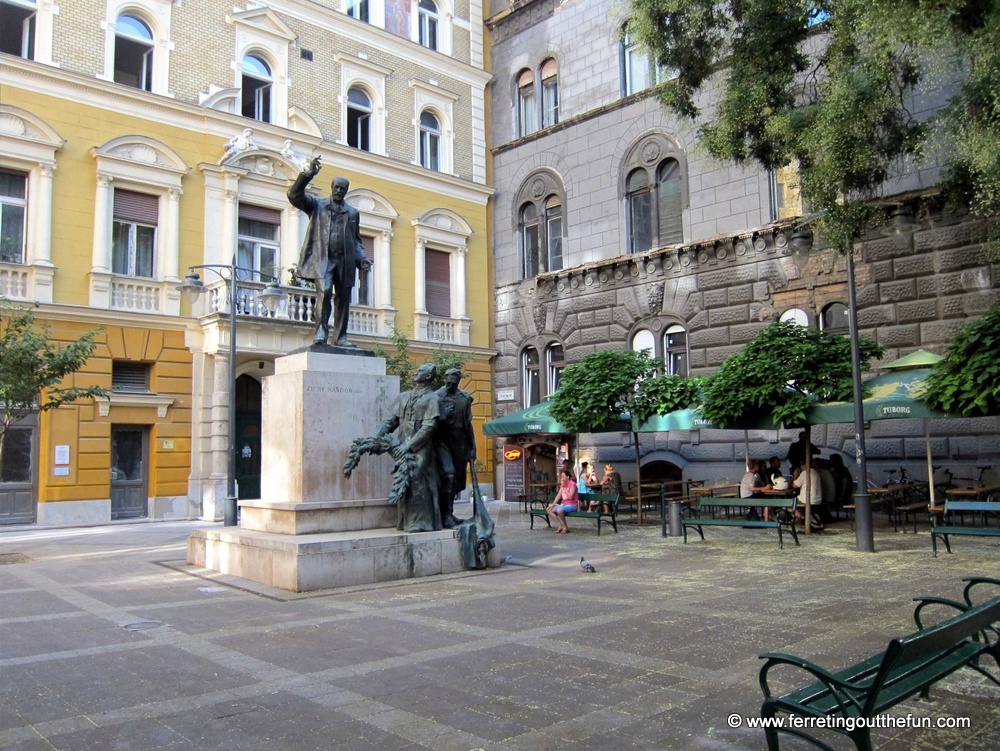
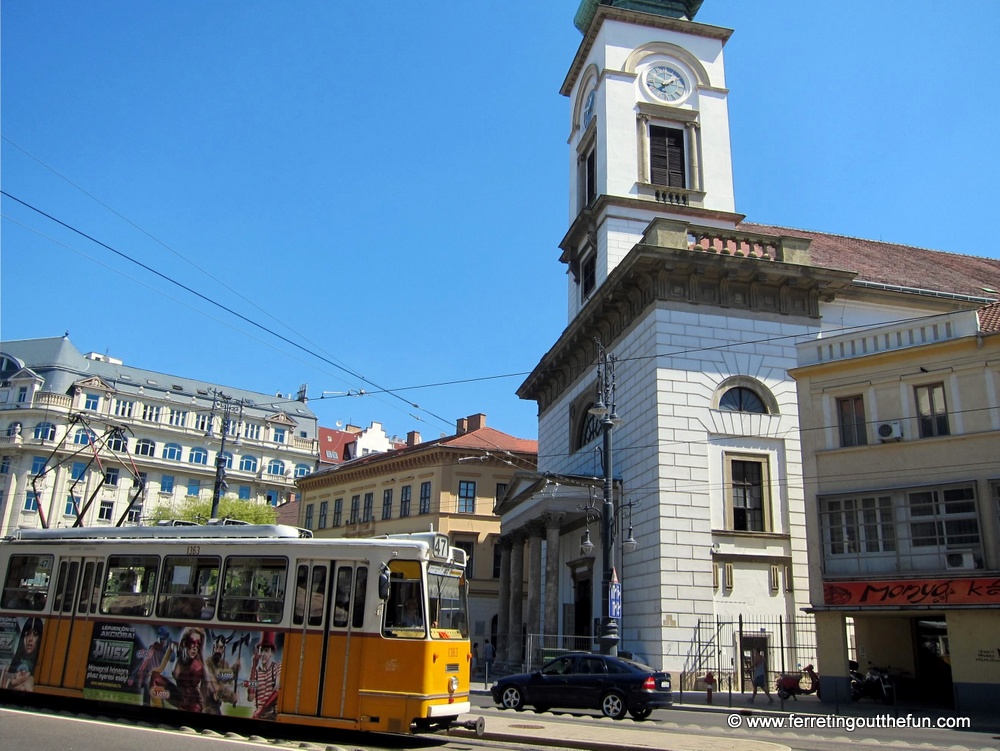
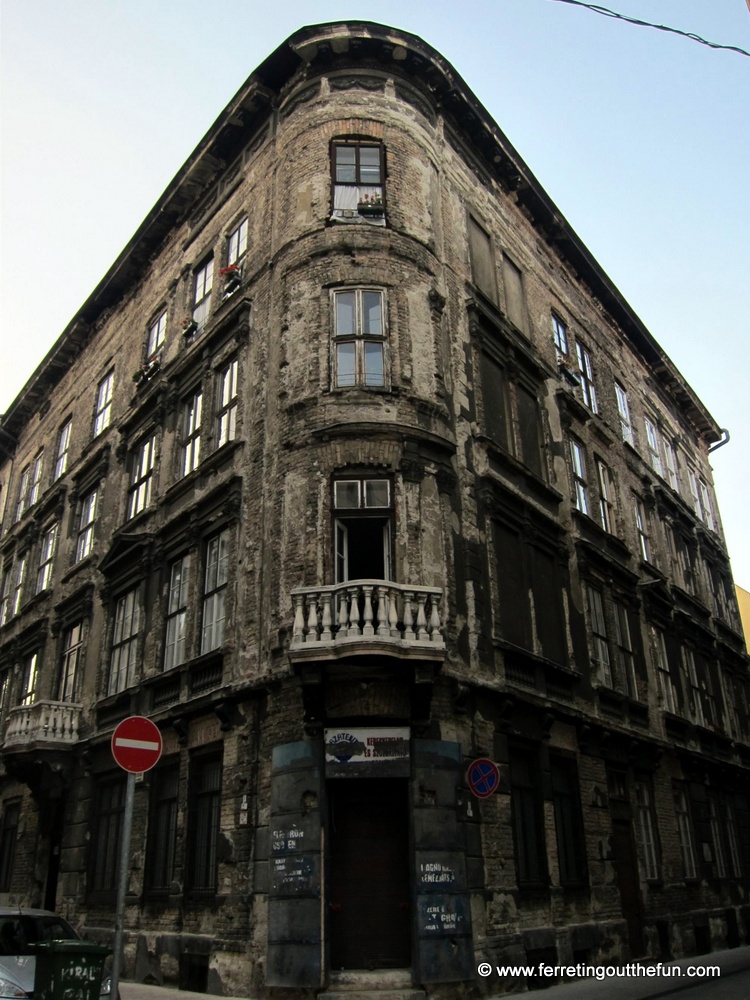
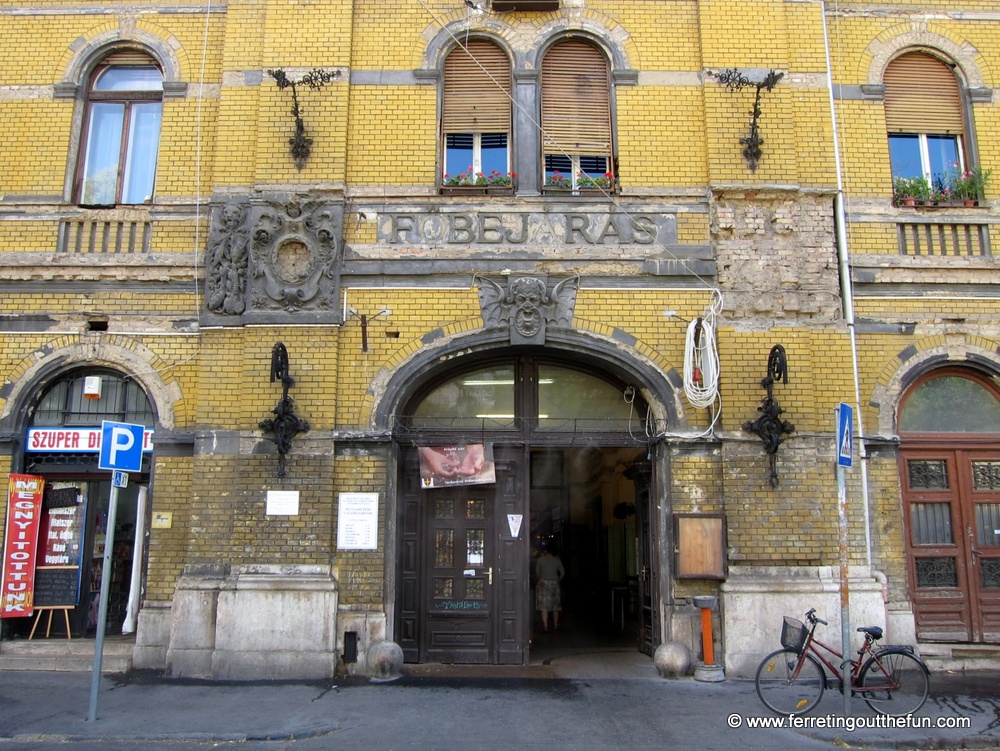
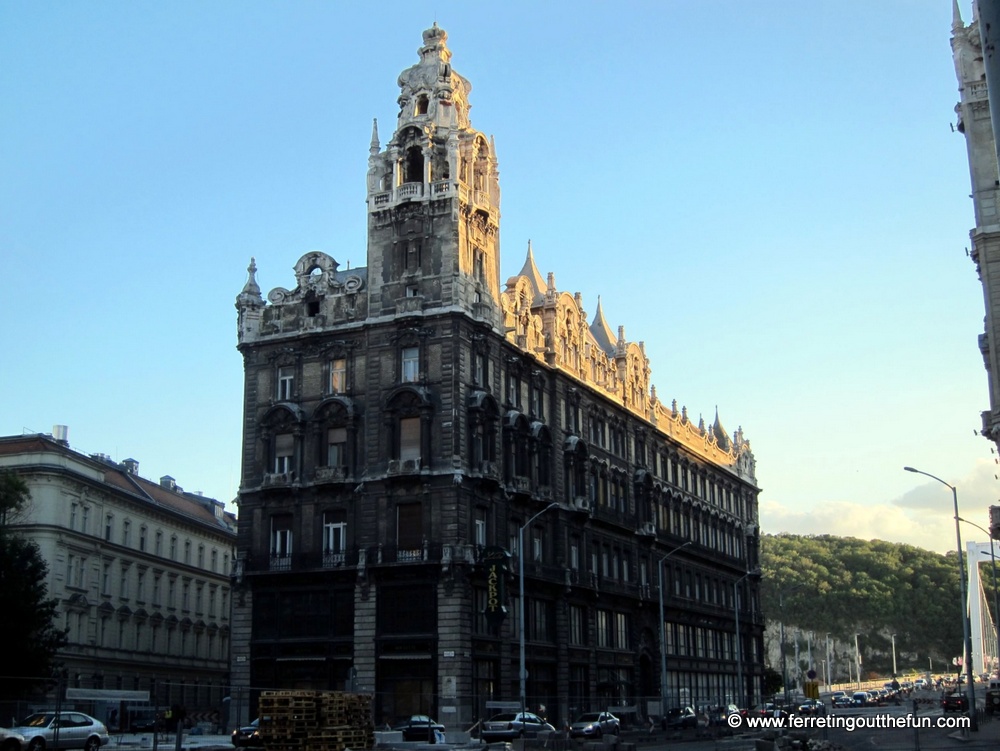
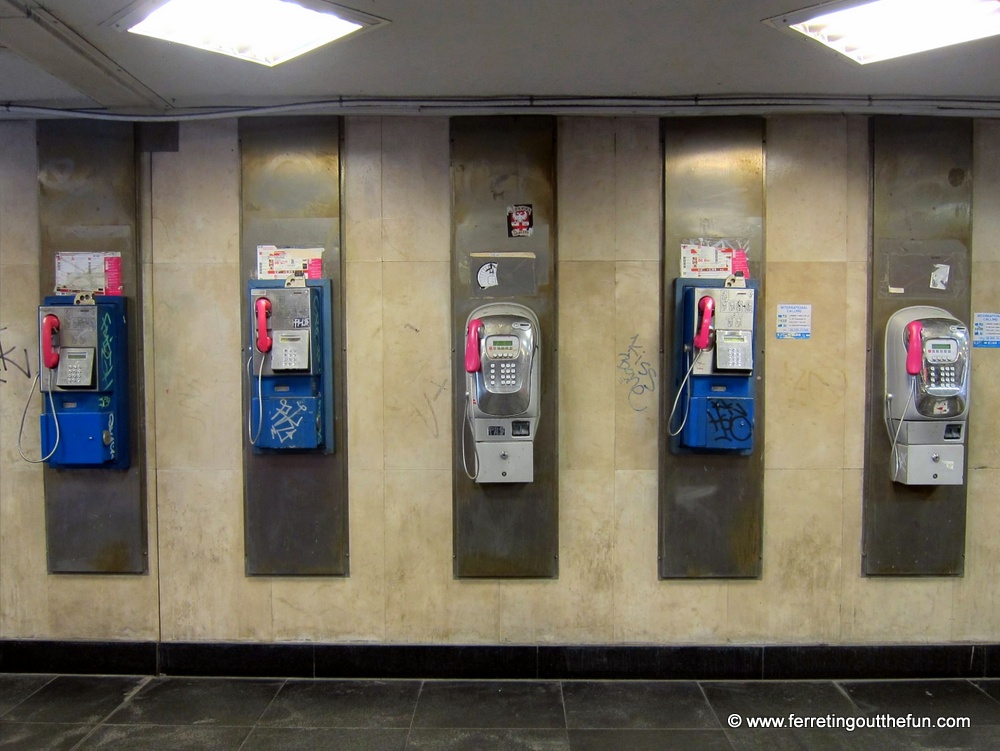
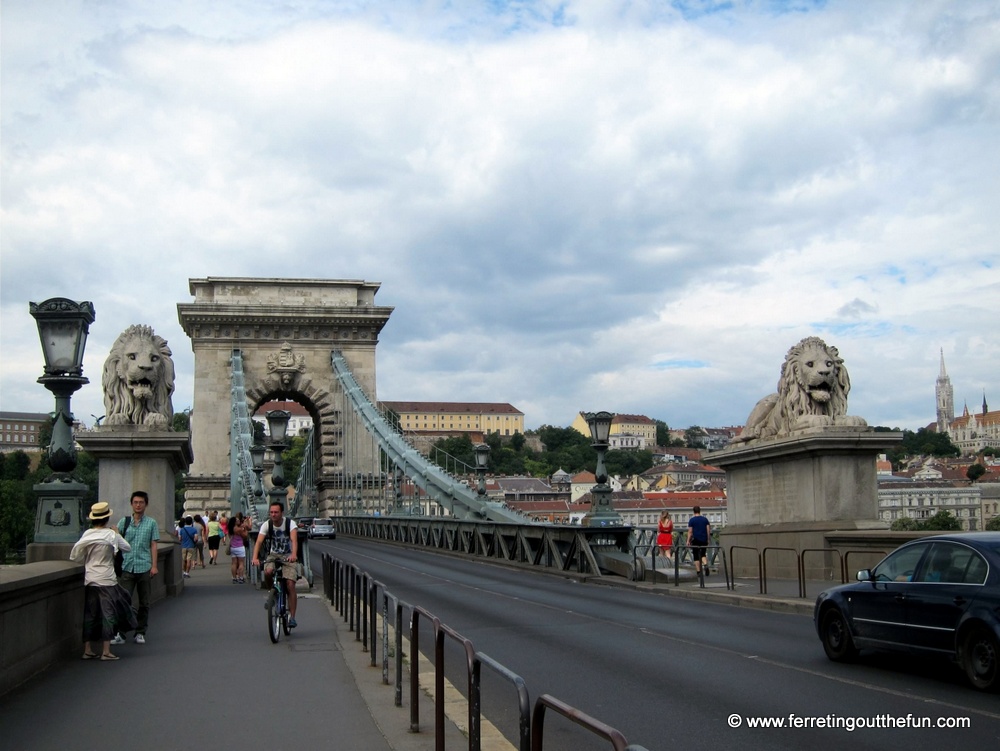
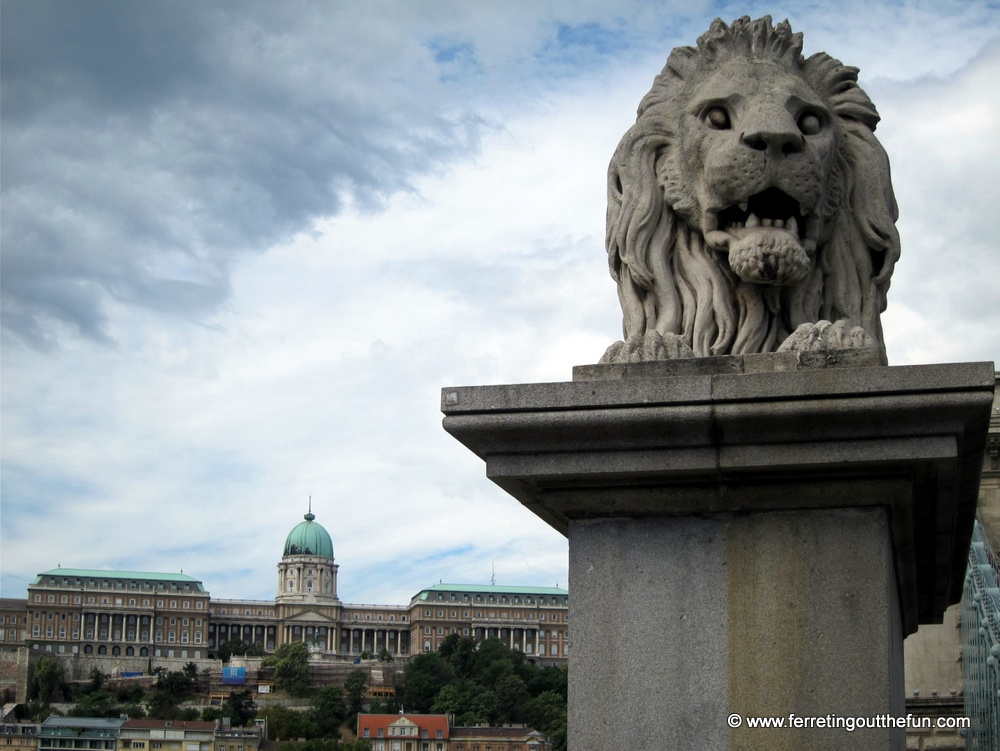
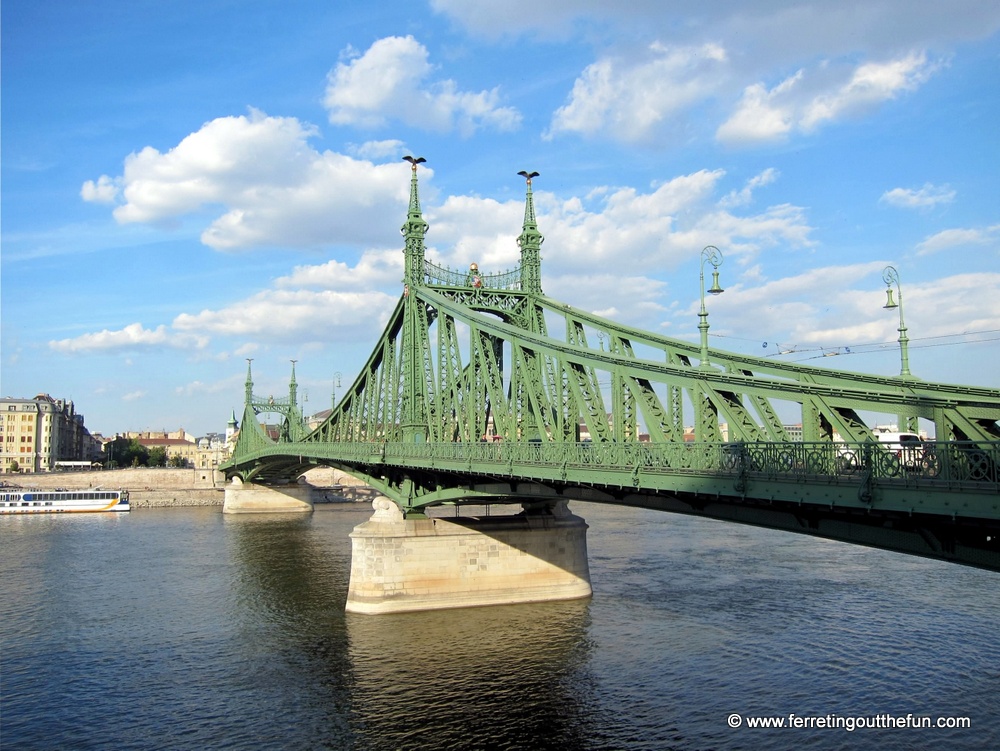
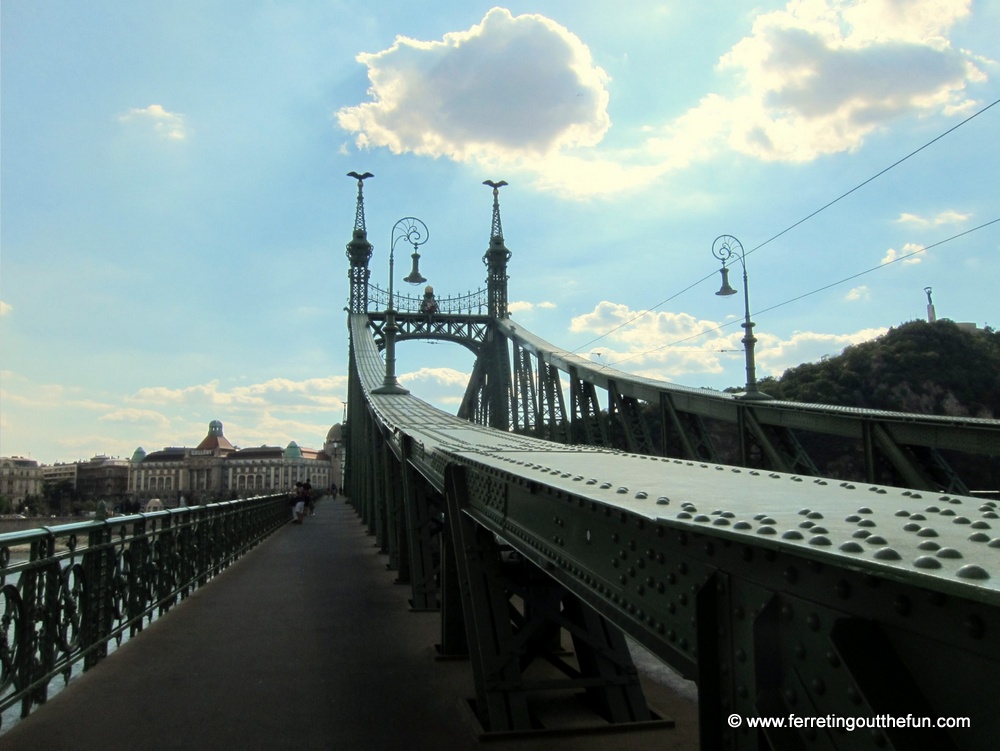
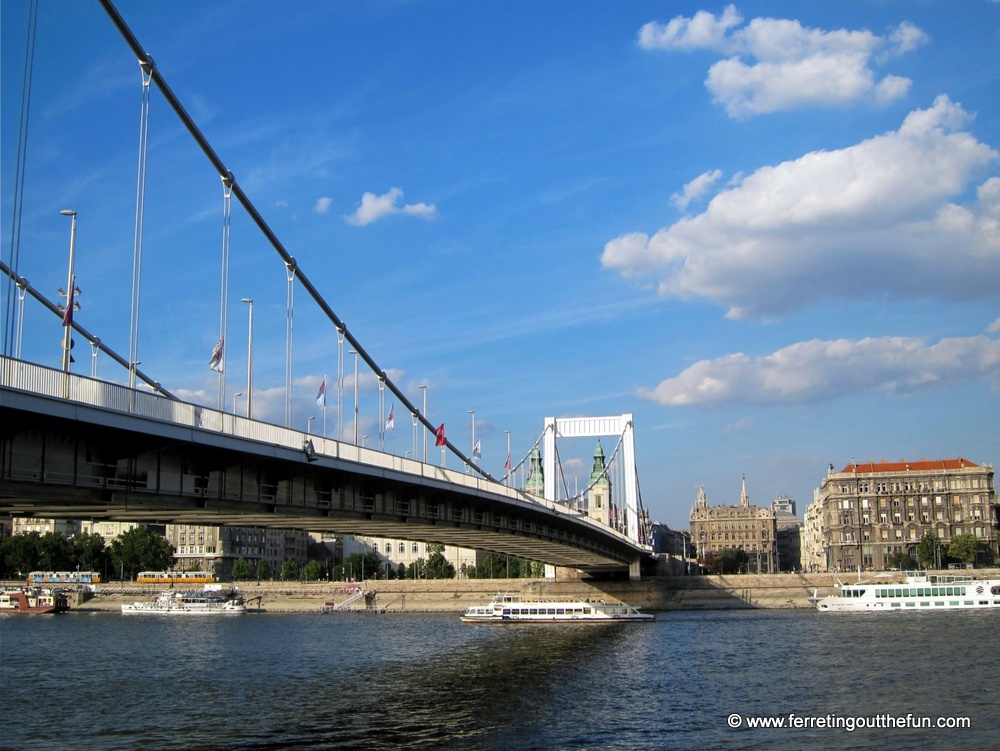
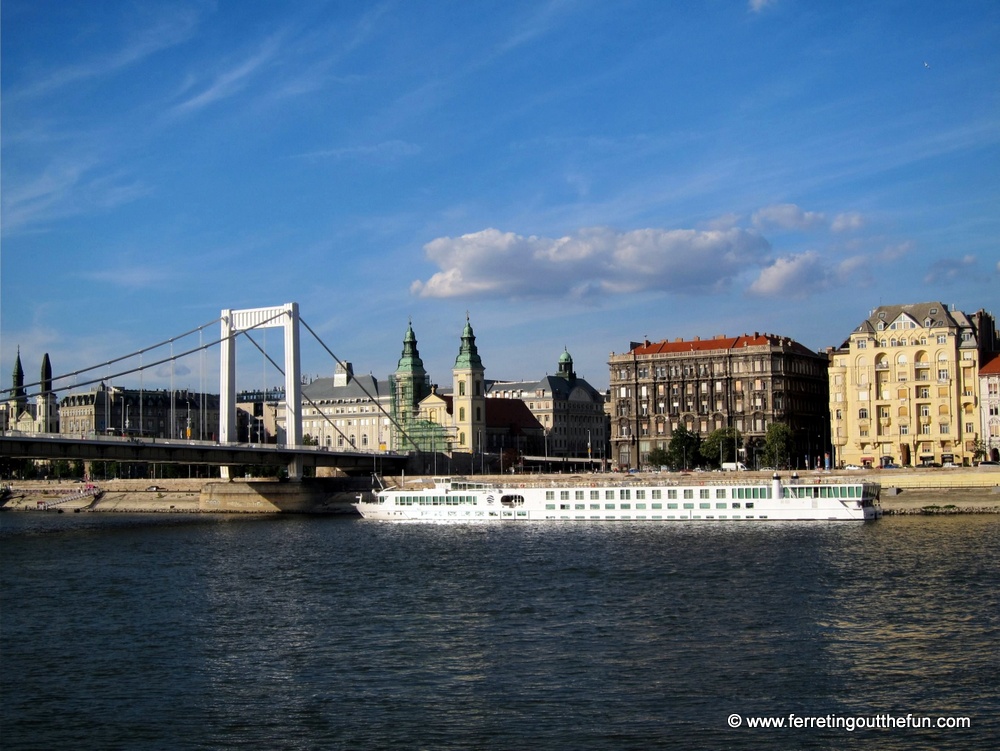
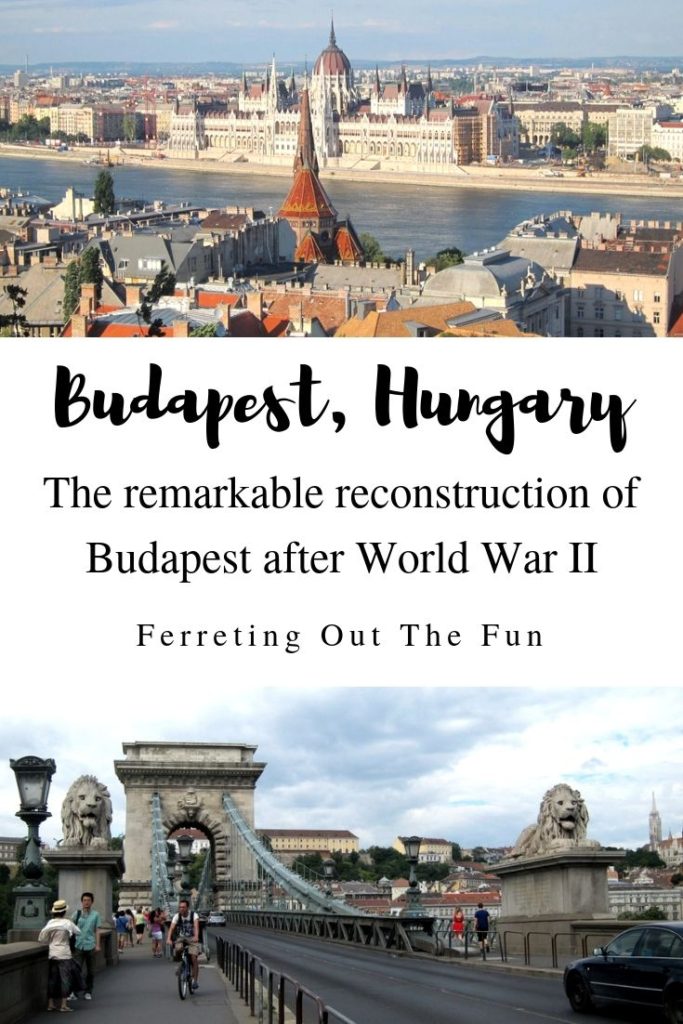
I guess I really tell I know nothing at this point about traveling and other countries. When I saw the name Budapest I was expecting something completely different. They have done a great job rebuilding. How does the rest look? Are there still a lot of places that need work? Never been to Budapest, but from the photos it looks like a great place to visit and have my kids see and learn some history. Thanks for the photos!
Hi Thomas, Budapest is really incredible! It’s a beautiful city full of classic European charm, but has the energy of New York City. I found it to be a very livable place. They are doing some work near the castle and parliament building, but from what we saw most of the restoration work has been completed. I’ll be writing many more posts on Budapest in the coming weeks – I hope you’ll check them out!
I loved Budapest (although not as much as Prague). Taking the train out to the countryside was also great. I loved going to these small classical music concerts around the city. My favorite was inside the Matthias Church. Didn’t know what to concentrate on – the gorgeous music or the amazing interior. It was also the point after a month of traveling that I broke down and ate Chinese food instead of local fare. Sigh.
On my first trip to Budapest, my mom and I went to a concert inside St Stephan’s Basilica, which was amazing! The timing never worked out for us to go to a concert in Budapest this time, but we did happen on one inside the Basilica in Eger, a neighboring town famous for its wine. I enjoyed this trip so much and am even more excited for our upcoming stint in Europe!
I love Budapest so much, I have been twice and I want to go back one day. We passed by that motion sensitive fountain too and had fun playing with it 🙂
The architecture (old and new) is amazing, the streets, the landscapes, everything. We particularly loved the artist side of Budapest. Have you been to the Szimpla, the pub made out of trash and abandoned/old objects?
Hi Franca! This was also my second visit to Budapest and I fell even more in love with the place. We spent a whole week there and by the end of the trip were able to imagine what it would be like to live there. I wonder if the Gellert Baths have a membership discount? LOL! We were getting up pretty early with our jet lag, which was great for sightseeing, but not so great for exploring the nightlife. We didn’t go to a single pub 🙁 But we did do a wine tasting in the cellars below the castle so that’s something. We had to save something for our next visit, right?
You are right! By the way, for your next visit, remember that this place isn’t only good for nightlife, in fact we went during the afternoon. It’s like walking into a crazy modern art gallery, simply loved it! 🙂
I’ll keep that in mind, thanks for the tip!
Budapest is our favorite European city. We’ve been 3 times now and still try to sneak a visit in amidst our crazy travel schedule.
It might be mine too. I’ve been twice now and keep falling more in love. By the end of this last trip, I was ready to move there! It just has this energy that’s palpable, while still being incredibly beautiful and historic. And the cafes and wine don’t hurt 🙂
I could totally see myself living in Budapest! The last two times we visited, we stayed in apartments. Would go for a morning run along the river and across the Chain Bridge. Just love being there!
Well this sure bought back some memories! Some good (all the history and cream puffs) and some not so good (bad weather and climbing that hill on the Buda side pulling our suitcases.) Wouldn’t mind another visit there. Looking forward to more posts on this visit!
Wow! great pictures. The structure (old and new) is awesome, the roads, the scenery, everything. We particularly liked the specialist part of Budapest. Have you been to the Szimpla, the pub created out of junk and abandoned/old objects?
Thanks, Sally! Unfortunately I didn’t learn about Szimpla until after I’d returned home, but it sounds like an interesting place! I’ll definitely stop by on my next trip to Budapest!